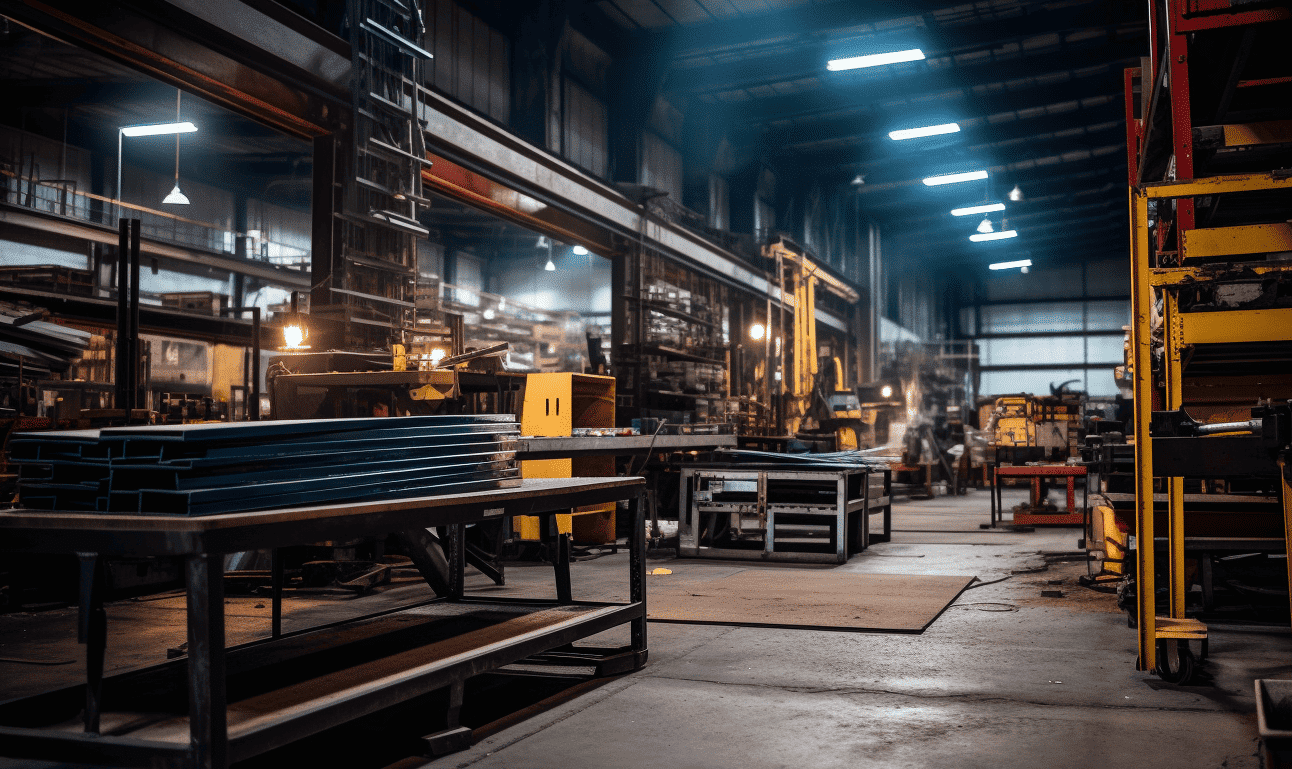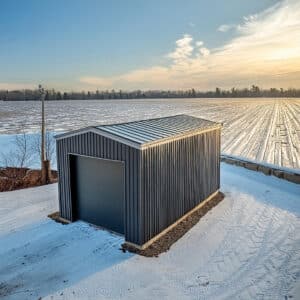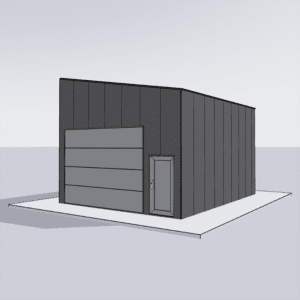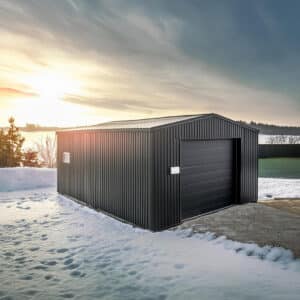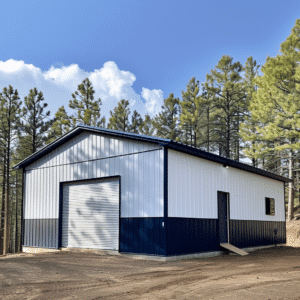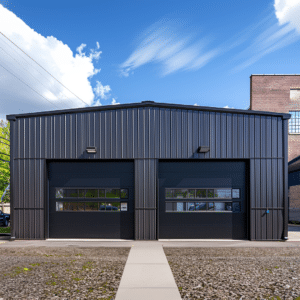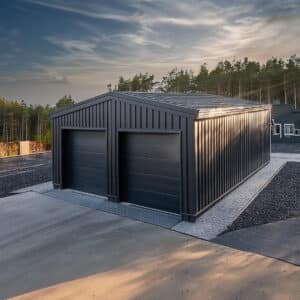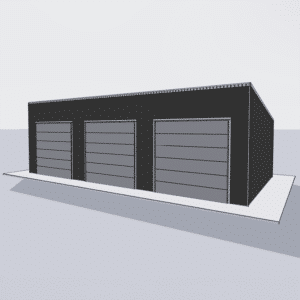In an era where climate change and environmental degradation are pressing concerns, the pursuit of sustainable home building practices has never been more urgent. These practices aim to minimize the ecological footprint of our homes while maximizing their efficiency and comfort. But what exactly are these sustainable solutions, and how can they transform your living space? Let’s explore this intriguing domain and uncover the benefits of building sustainably.
What Are Sustainable Home Building Practices?
Sustainable home building practices are methods used in the construction, renovation, or modification of homes that reduce environmental impact. These practices embrace energy-efficient design, eco-friendly materials, and renewable energy sources. They are not only about constructing a house but creating an ecosystem where comfort coexists with nature.
A home designed with sustainable and eco-friendly home design in mind focuses on long-term benefits, such as lower energy bills and a reduced carbon footprint. It’s about making choices that are not just good for you but also for the planet.
The Core Components of Sustainability
Imagine building a house like establishing a recipe for a delightful dish. Each ingredient must be fresh, well-proportioned, and beneficial. Similarly, sustainable home practices revolve around:
– **Energy Efficiency**: Installing proper insulation and energy-efficient appliances.
– **Resource Conservation**: Using water-saving devices and recycled materials.
– **Ecological Symbiosis**: Embracing landscaping that contributes to the local ecosystem.
A unique advantage of such practices is the possibility of customization. This is where professional custom home builders come into play. They can create designs that blend personal needs with environmental awareness.
The Role of Steel in Sustainable Building
Steel, often perceived merely as an industrial material, holds untapped potential in residential construction. Its durability, flexibility, and eco-friendly attributes make it ideal for sustainable homes. Steel’s ability to withstand harsh conditions means fewer resources necessary for repairs and maintenance, contributing to the longevity of your home.
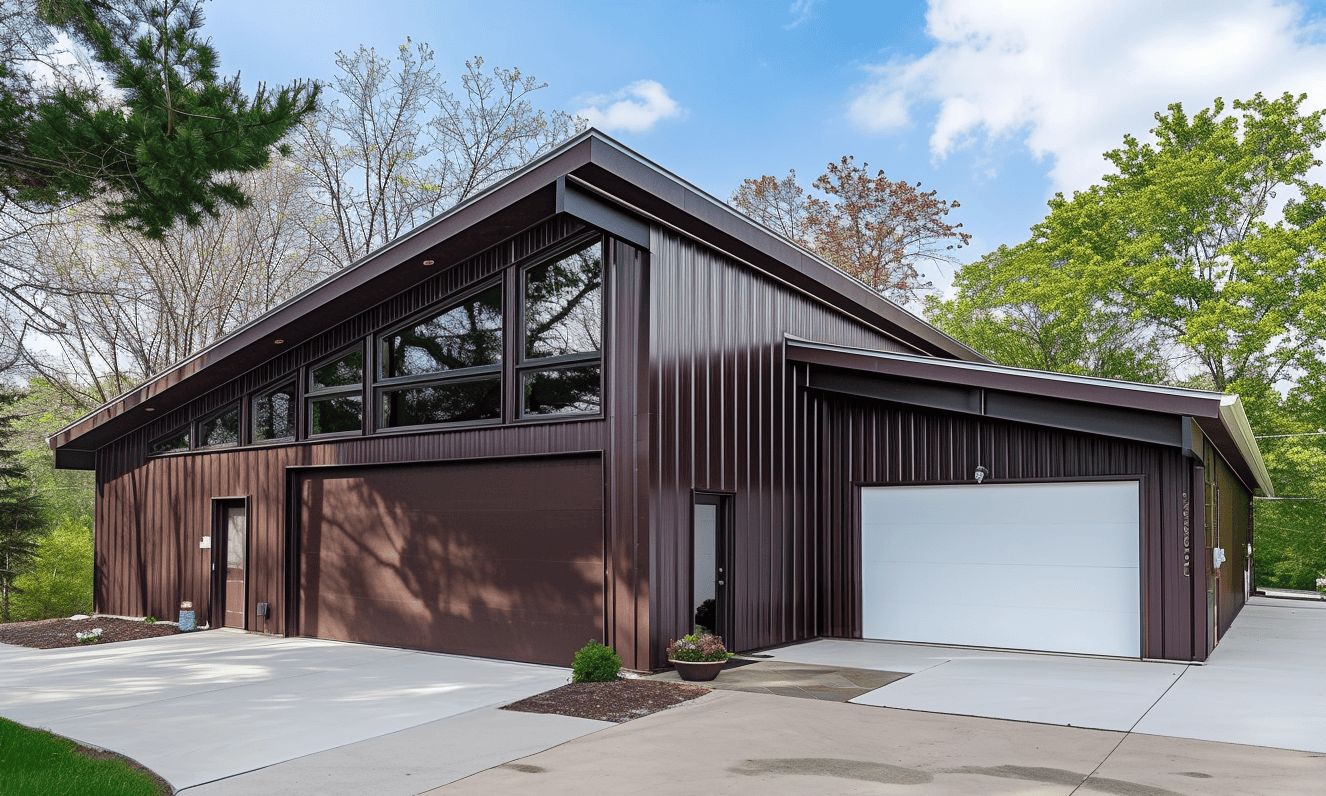
Interestingly, steel construction complements other sustainable materials like bamboo and reclaimed wood. Additionally, steel’s recyclability aligns perfectly with eco-conscious values. Innovative solutions, such as Metal Home Additions & Steel Room Extensions | Building Kits, offer affordability and sustainability without compromising aesthetic appeal.
Practical Energy-Efficient Design Features
Think of an efficient home as a world champion in the energy-saving championships. It actively engages with the environment to enhance its performance. Energy-efficient features include:
– **Solar Panels**: Harnessing solar energy reduces reliance on fossil fuels.
– **Smart Thermostats**: Automated systems that optimize temperature settings for comfort and efficiency.
– **LED Lighting**: Low energy consumption with a long lifespan.
Taking time to explore energy-efficient home design ideas can lead to innovative solutions tailored to specific needs and locations.
Sustainable Architecture in Different Climates
Just like we adapt our clothing to seasonal changes, sustainable architecture must adapt to its surroundings. Whether it’s Canada’s chilling winters or Mediterranean mildness, the principles of sustainable architecture accommodate. Insulation, roofing materials, and window orientation are modified to harmonize with local weather patterns. The emphasis is on limiting energy use while ensuring livability.
Canada’s Growing Green Building Movement
The Great White North is not immune to the global fervor for sustainability. Green Building Canada has become an integral part of this movement, promoting sustainable practices across the nation. With an emphasis on reducing greenhouse gas emissions and improving urban development, Canada continues to lead by example.
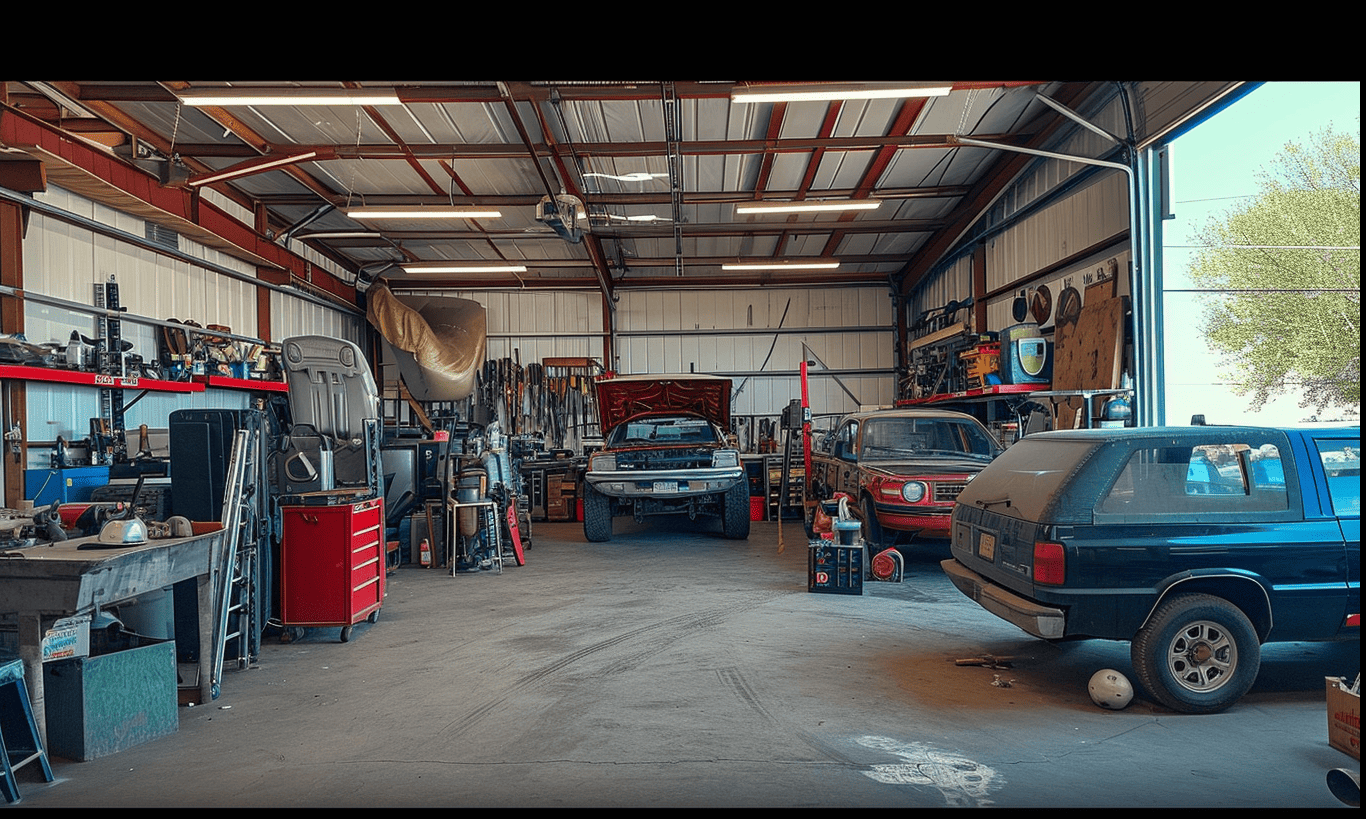
Benefits Beyond the Environment
A sustainably built home is not only beneficial to the environment; it also enhances quality of life. How so? Lower utility bills, improved health from non-toxic materials, and increased property values are just a few rewards. Moreover, these homes often provide a sense of personal fulfillment, knowing that one’s lifestyle aligns with values of conservation and stewardship.
Embracing Change: Overcoming Challenges
Transitioning to sustainable practices can feel overwhelming. However, with determination and the right resources, it’s feasible. Challenges such as higher initial costs can be offset by long-term savings. Partnering with knowledgeable professionals ensures that this transition is both smooth and rewarding.
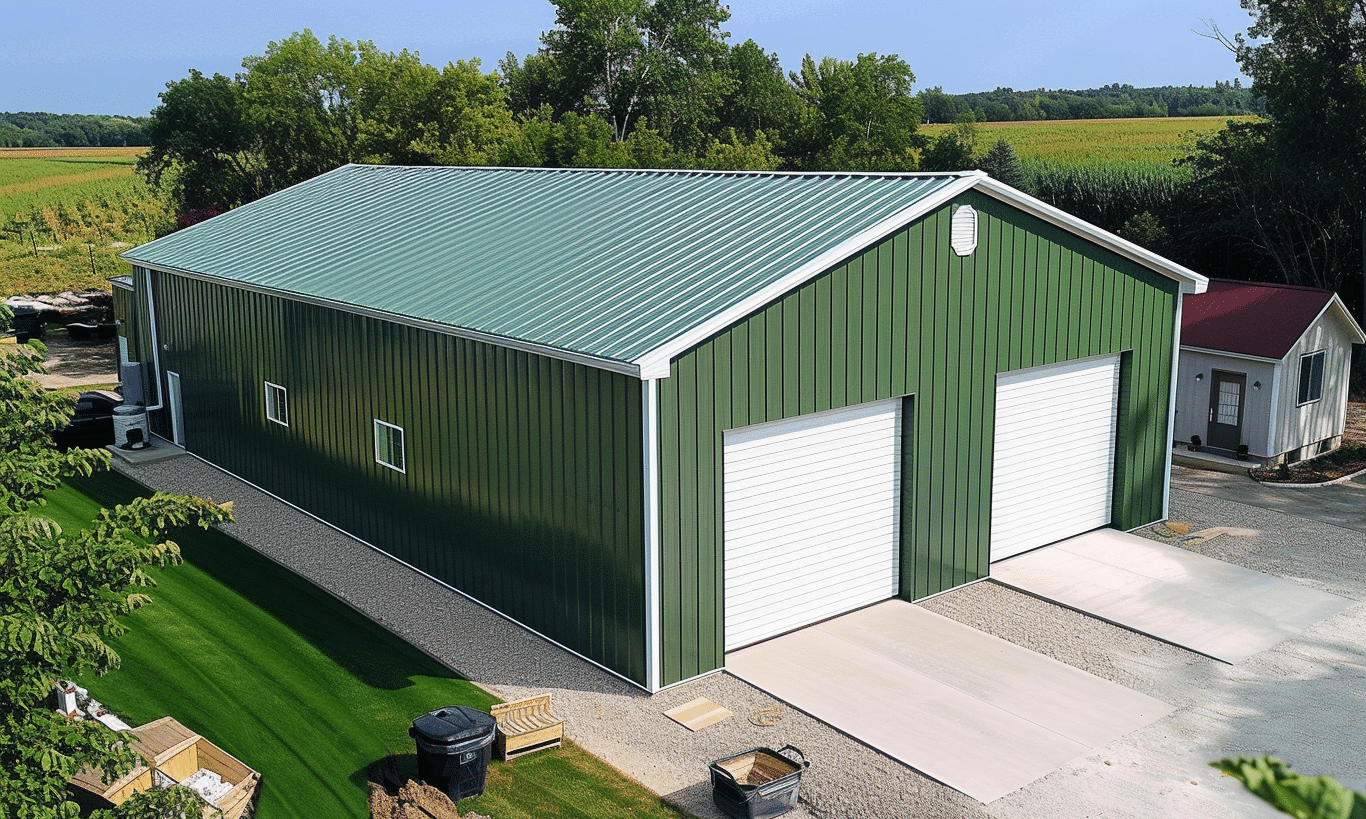
Community-Led Initiatives and Trends
Communities embracing sustainability initiatives herald a new era of collaborative efforts. Community gardens, energy cooperatives, and eco-friendly public spaces exemplify how small efforts lead to big impacts.
Conclusion: Building Today for Tomorrow
Sustainable home building practices are about choices that pave the way for a cleaner, healthier future. This journey is about balance—balancing modern comforts with traditional wisdom and ecological responsibility. As we adapt to changes, integrating sustainable features within our homes creates resilient living spaces poised for future challenges.
Engaging with sustainable home practices is embarking on a transformative journey. It’s building not just homes, but legacies, ready to inspire and endure. As the doorway to sustainability swings open, will you step through? The world awaits your choice.


